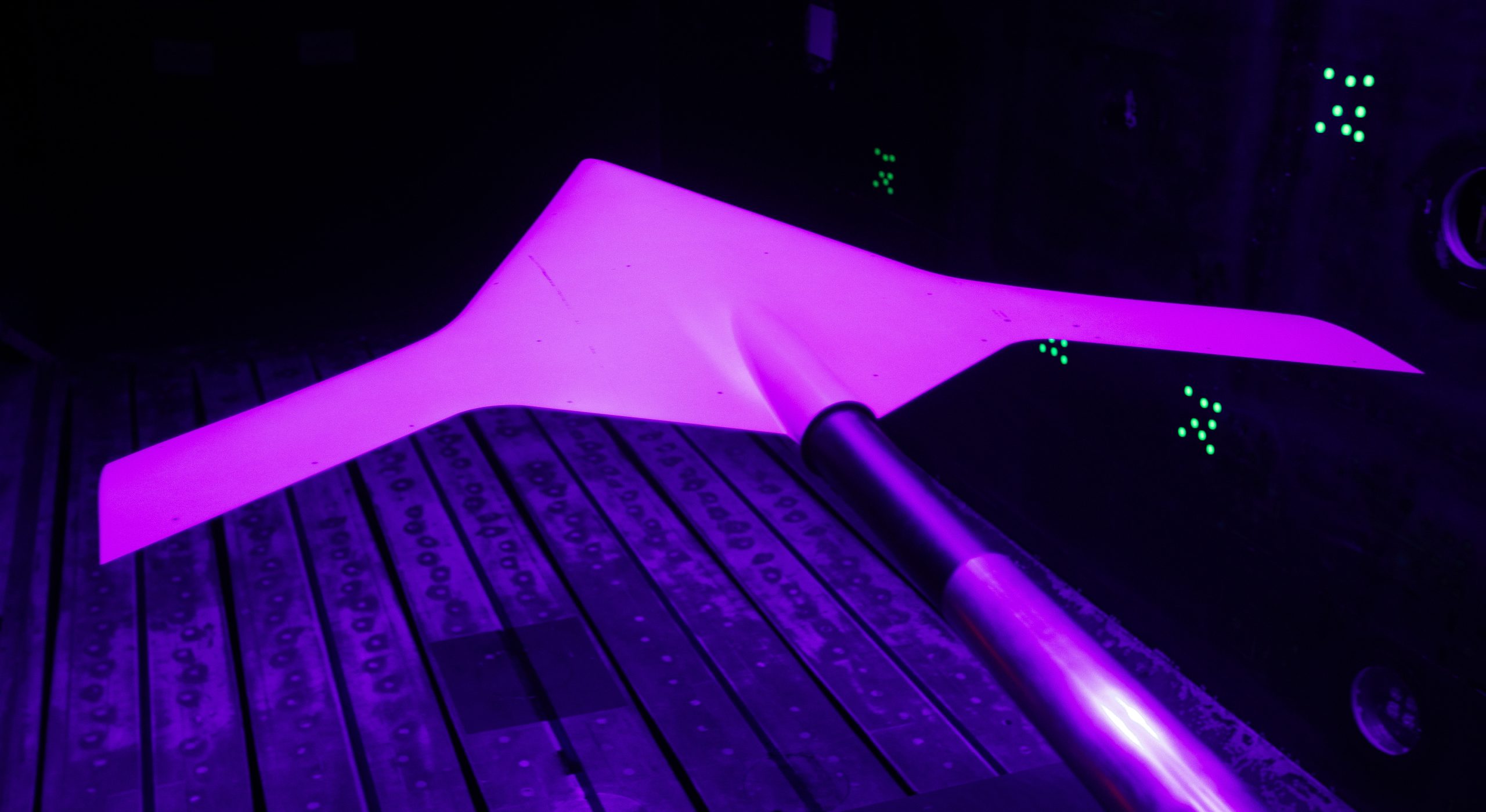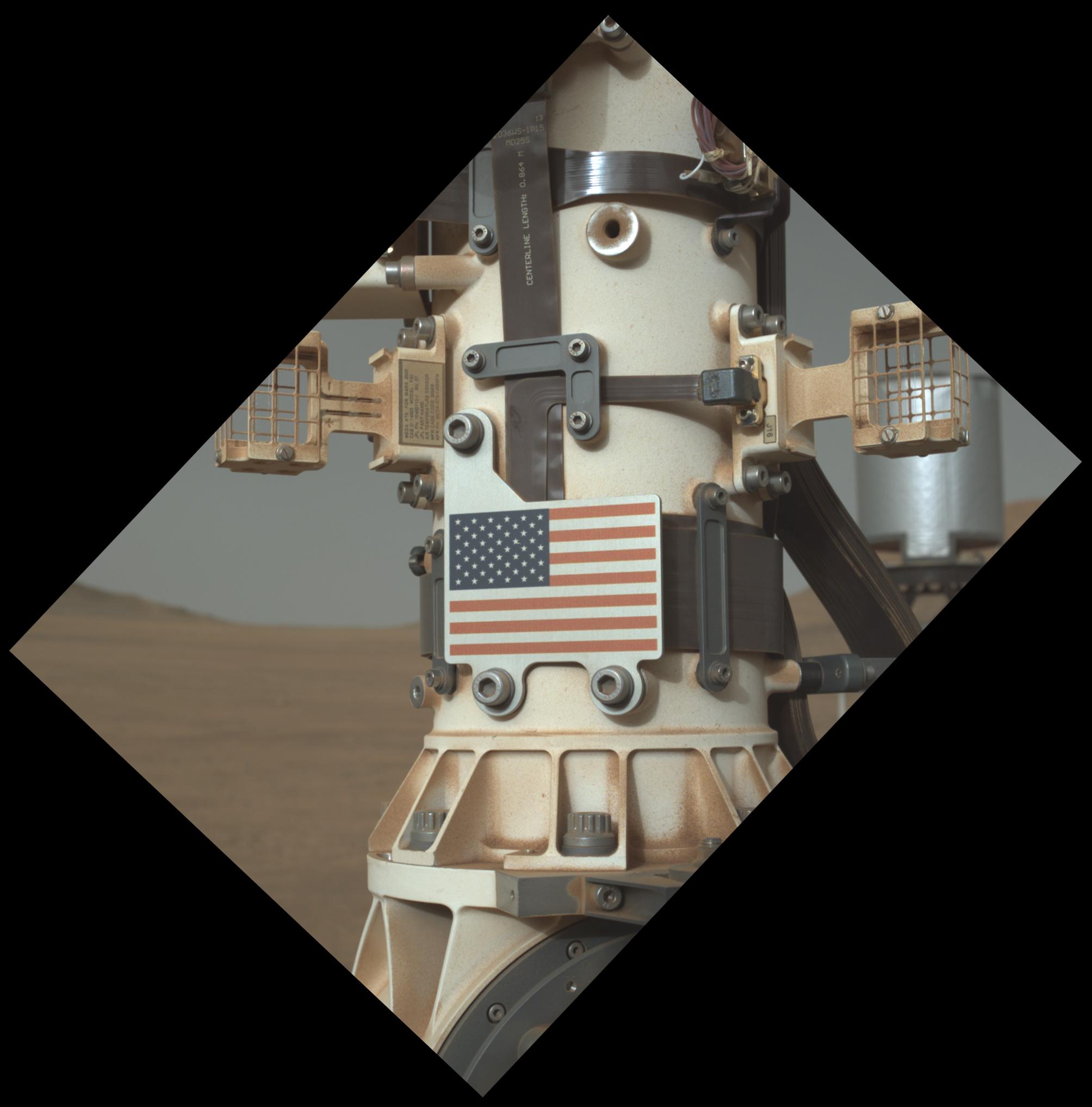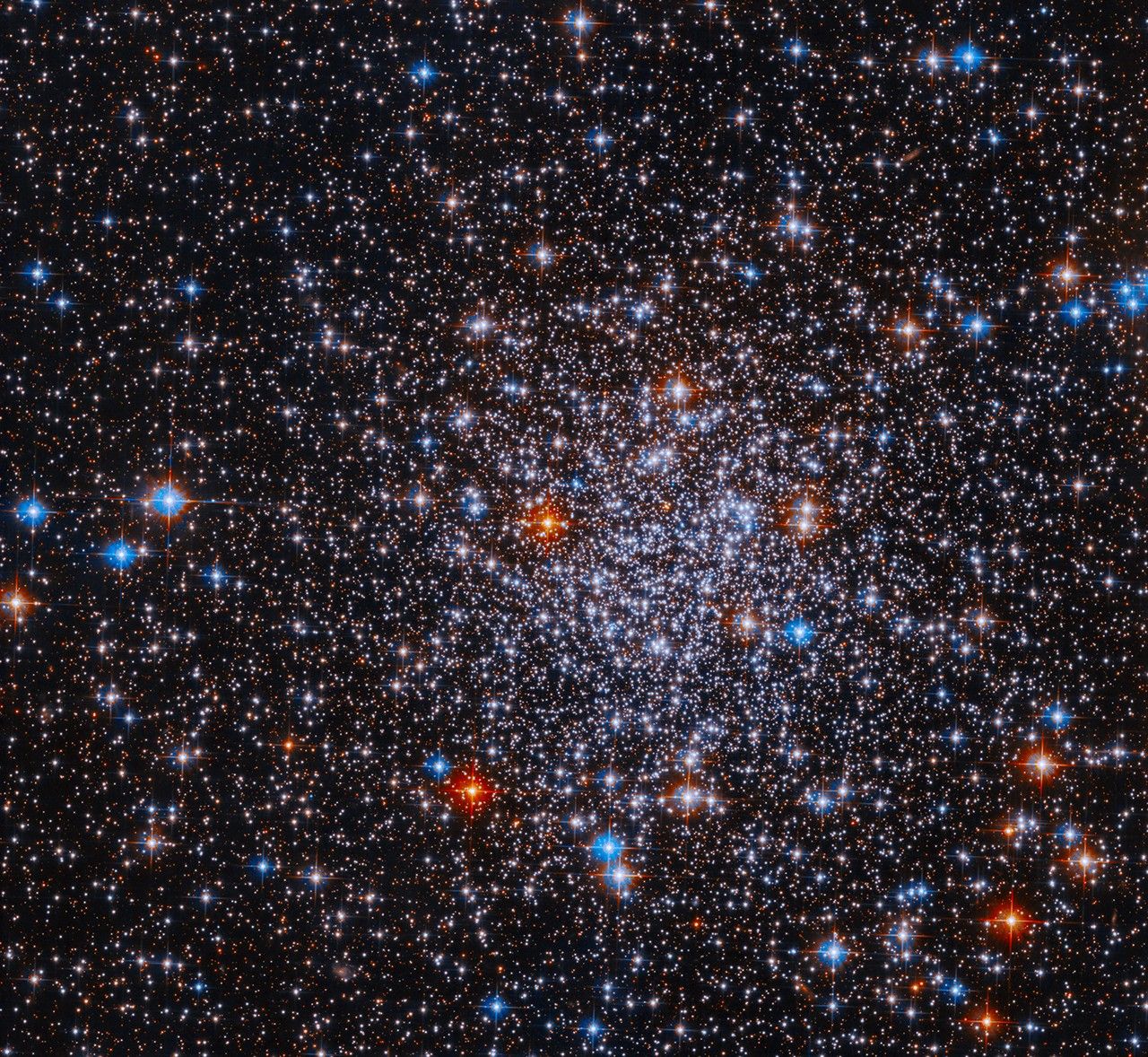Now Reading: NASA Enhances Pressure-Sensitive Paint Technology
-
01
NASA Enhances Pressure-Sensitive Paint Technology
NASA Enhances Pressure-Sensitive Paint Technology

Fast Summary
- NASA’s New Tool: NASA has introduced “unsteady pressure sensitive paint” (uPSP), improving the traditional PSP technology used in wind tunnel testing for aircraft and rockets.
- Faster and Higher resolution: The uPSP is 10,000 times faster and provides engineering visuals with 1,000 times higher resolution compared too older capabilities.
- Real-Time Data Access: Engineers can access wind tunnel data within 20 minutes, allowing adjustments during tests rather of waiting weeks or months for results.
- Enhanced Engineering Analysis: uPSP captures detailed turbulence effects on aircraft designs without needing physical sensors; this helps prevent structural damages caused by aerodynamic vibrations.
- Collaboration opportunities: The tool is offered to academia, industry, and government agencies to conduct research at NASA’s facilities nationwide.
- Development Timeline: Started in 2019 as a five-year project; successfully demonstrated at Ames Research Center using models like the Space Launch System rocket during the Artemis I mission evaluation.
indian Opinion Analysis
NASA’s breakthrough in aerodynamics testing through unsteady pressure-sensitive paint presents important implications across global aerospace industries, including potential benefits for India’s nascent space program and aviation sector. As ISRO strives to expand its capabilities amidst increasing international collaboration under missions like Gaganyaan or Chandrayaan projects, access to innovative tools like uPSP could enhance design precision and contribute crucial structural insights-especially significant given India’s focus on cost-effective yet reliable systems.
Moreover, fostering collaborative opportunities with organizations like NASA may bolster India’s position as an emerging power in space exploration while strengthening academic ties between the two countries’ scientific communities. The ability for universities or industries worldwide-including India-to utilize such cutting-edge technologies exemplifies advancements that go beyond nation-centric research goals towards collective progress in aerospace sciences.

























